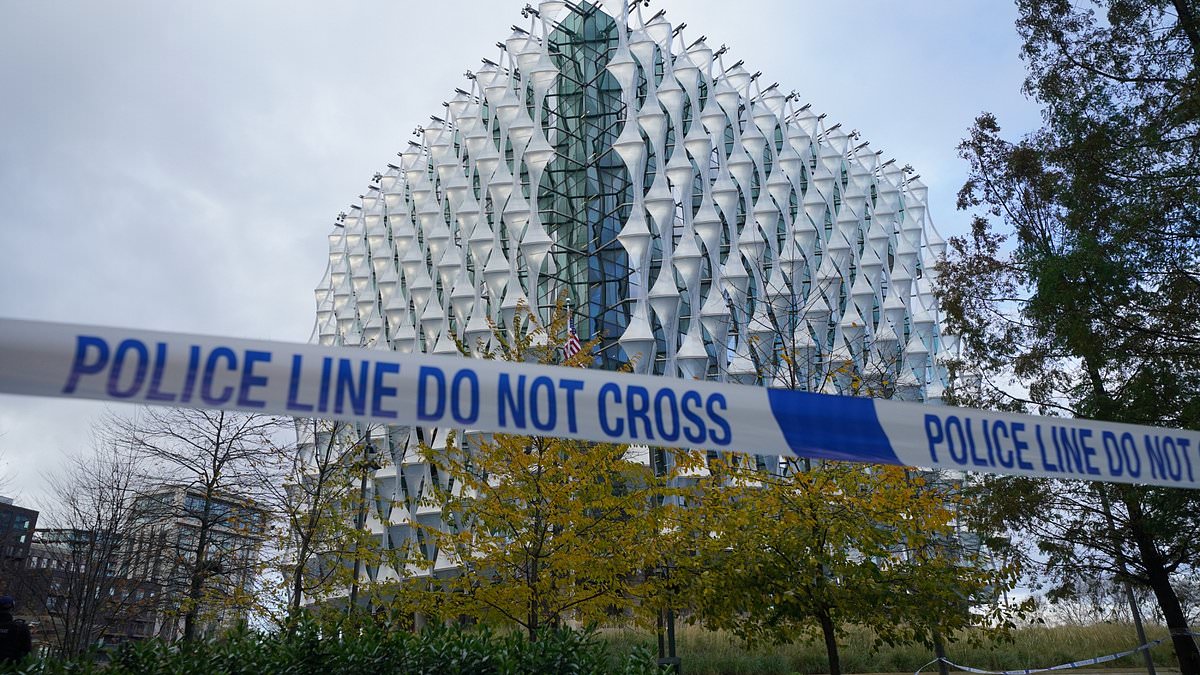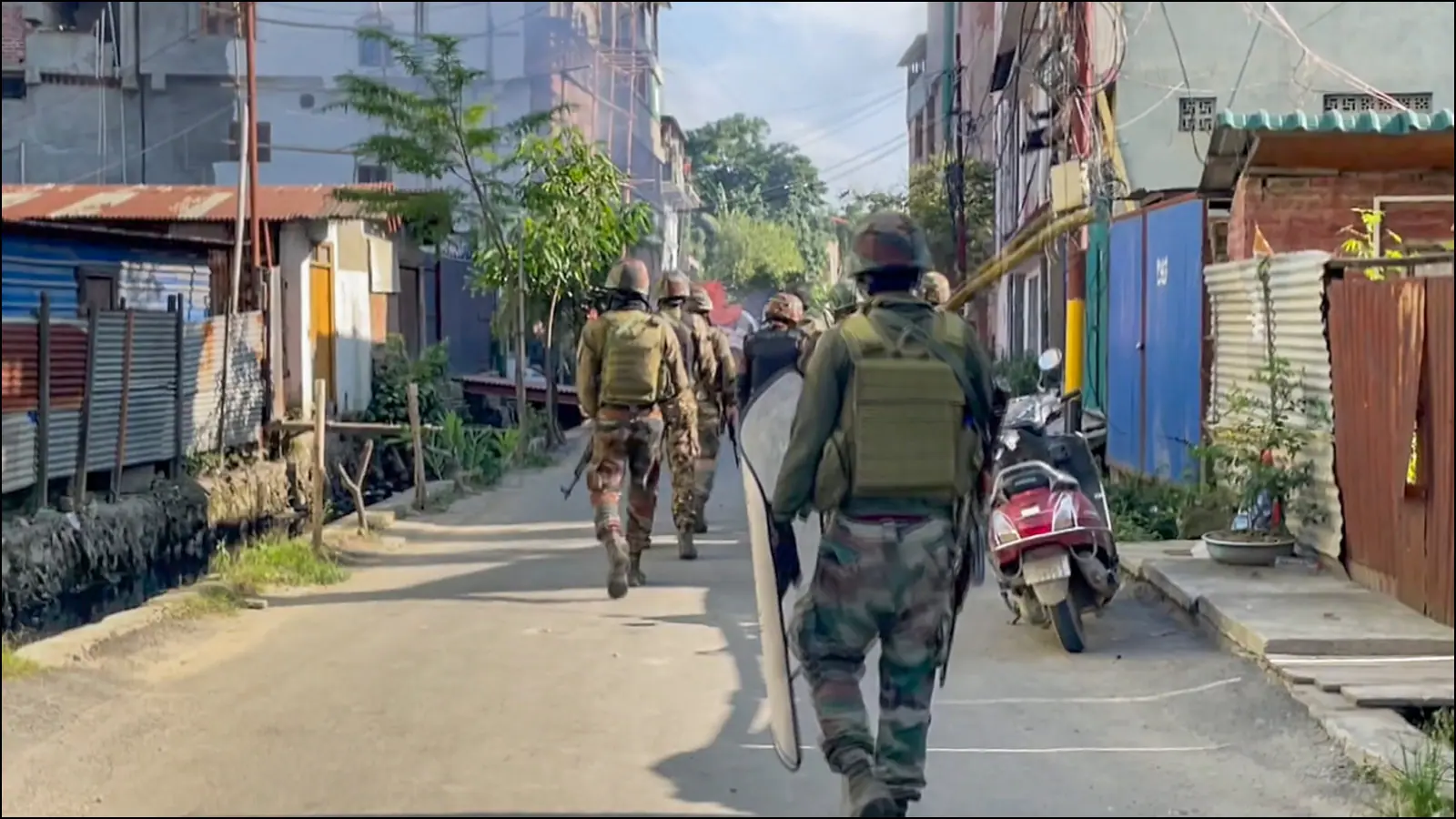Copyright dailymail

A suspected bomb which sent the US Embassy into lockdown was simply 'an art installation', a court heard. Bomb disposal experts carried out a controlled explosion after Daniel Parmenter, 44, left a number of items including a bag containing wires and an iPad outside the building in south west London. Security staff raised the alarm after spotting the suspicious items in an alleyway by the embassy, at around 8.30am on November 22 last year. Local roads in Wandsworth were also closed while a cordon was put in place before three bomb disposal officers attended the scene and carried out a controlled explosion. But Parmenter said the fake IED (improvised explosive device) was just a form of 'sophisticated graffiti art', and denied intending to cause alarm. Prosecutor Lucy Organ told Parmenter's trial at the Old Bailey that the defendent left a number of objects. This included a piece of paper with 'Danger Chemicals' written on it, a silver baking tray embellished with a skull and crossbones accompanied with the words 'Warning Hazard', and a drum and drumsticks. There was a book of Roald Dahl poetry in a frame, and a red picture frame containing assorted items including tools and a first aid kit, the court heard. A box of dates was also found marked for the attention of the US Navy with the words 'Do not X-ray, please inspect. Radiation. Hazard'. An examination of CCTV from the area led to the identification and arrest of Parmenter at the home he shares with his mother two days later. When he answered the door to police, Parmenter was wearing the same hat and jumper he had on in the CCTV footage. On being arrested on suspicion of planting a device at the US Embassy, the defendant replied 'I did' even before the officer had finished speaking, the court heard. Jurors were told he remarked to officers: 'I presume this is about the framed toolkit that my dad produced and I dropped round as a gift for the US Navy.' But he denied meaning any harm, and told officers: 'It is basically a form of slightly sophisticated graffiti art of the non-vandal type.' He added: 'This is basically an art object, well two art objects.' The defendant's basement flat, described as a 'hoarder's property', was searched and more items seized, the court was told. Police found what appeared to be a cross between a petrol bomb and a pipe bomb, kept inside a green military-style rucksack on the sofa. Explosives officers were called and determined it was not a viable device. Next to the rucksack was a package wrapped in red paper - it was found to contain a Notting Hill Carnival book, a safety pin, half a bar of chocolate and various jar lids. In a formal police interview, Parmenter said he placed items outside the US Embassy as an 'art installation'. Parmenter conceded that the items may, to the untrained eye, look like a suspicious device, but it was never intended that way. He told police he had left other gifts at places on Halloween, saying on that occasion he gave the US Embassy a framed print relating to 9/11. Ms Organ told jurors that the defendant did not deny leaving the objects on the perimeter wall of the US Embassy. The issue in the trial would be whether Parmenter intended others to believe the device was likely to explode or ignite and cause personal injury or damage to property, she said. Parmenter, of Bayswater, west London, has denied making a bomb hoax and the Old Bailey trial continues.



